Olaf Wittich
Unsupervised nonparametric detection of unknown objects in noisy images based on percolation theory
Jul 12, 2018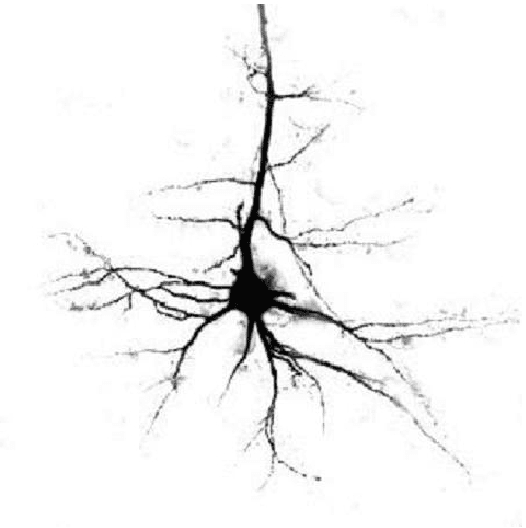
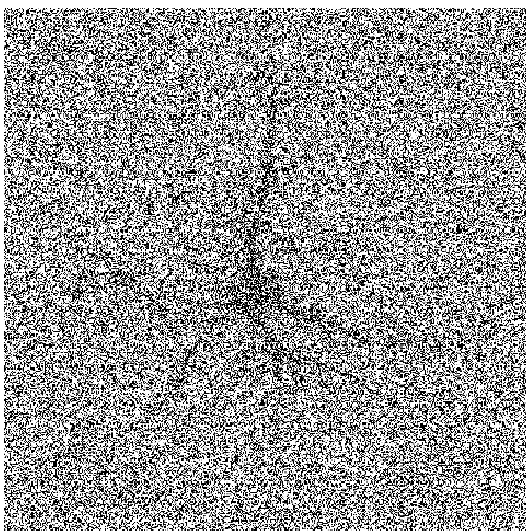
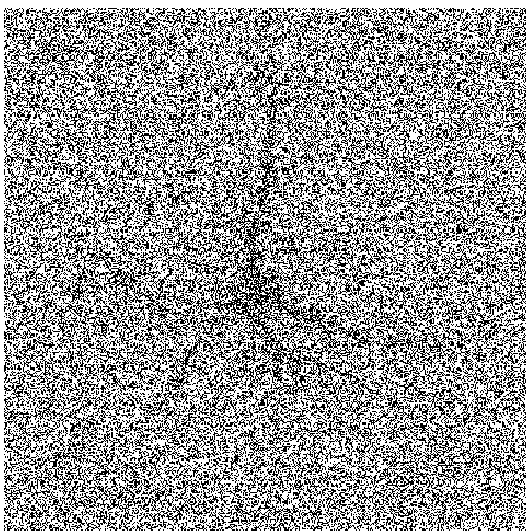
Abstract:We develop an unsupervised, nonparametric, and scalable statistical learning method for detection of unknown objects in noisy images. The method uses results from percolation theory and random graph theory. We present an algorithm that allows to detect objects of unknown shapes and sizes in the presence of nonparametric noise of unknown level. The noise density is assumed to be unknown and can be very irregular. The algorithm has linear complexity and exponential accuracy and is appropriate for real-time systems. We prove strong consistency and scalability of our method in this setup with minimal assumptions.
Randomized algorithms for statistical image analysis and site percolation on square lattices
Feb 24, 2011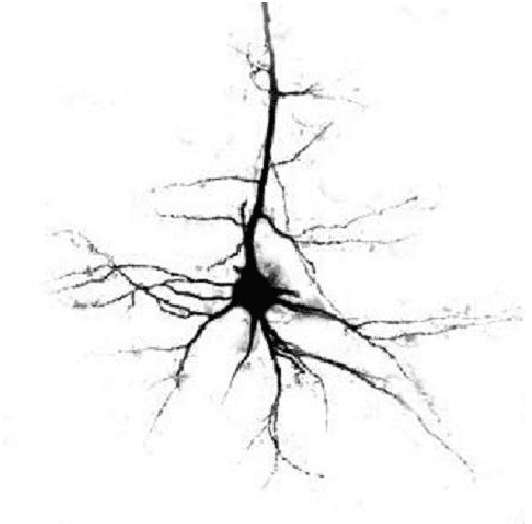
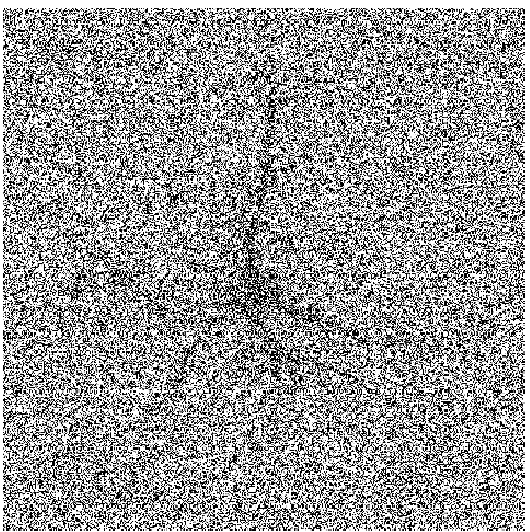
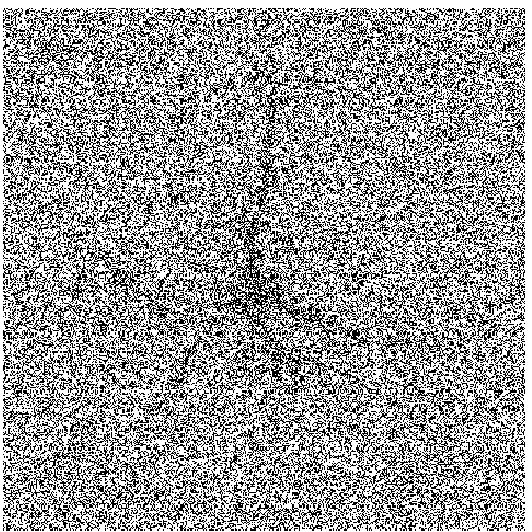
Abstract:We propose a novel probabilistic method for detection of objects in noisy images. The method uses results from percolation and random graph theories. We present an algorithm that allows to detect objects of unknown shapes in the presence of random noise. The algorithm has linear complexity and exponential accuracy and is appropriate for real-time systems. We prove results on consistency and algorithmic complexity of our procedure.
Multiple testing, uncertainty and realistic pictures
Feb 23, 2011Abstract:We study statistical detection of grayscale objects in noisy images. The object of interest is of unknown shape and has an unknown intensity, that can be varying over the object and can be negative. No boundary shape constraints are imposed on the object, only a weak bulk condition for the object's interior is required. We propose an algorithm that can be used to detect grayscale objects of unknown shapes in the presence of nonparametric noise of unknown level. Our algorithm is based on a nonparametric multiple testing procedure. We establish the limit of applicability of our method via an explicit, closed-form, non-asymptotic and nonparametric consistency bound. This bound is valid for a wide class of nonparametric noise distributions. We achieve this by proving an uncertainty principle for percolation on finite lattices.
Computationally efficient algorithms for statistical image processing. Implementation in R
Feb 23, 2011Abstract:In the series of our earlier papers on the subject, we proposed a novel statistical hypothesis testing method for detection of objects in noisy images. The method uses results from percolation theory and random graph theory. We developed algorithms that allowed to detect objects of unknown shapes in the presence of nonparametric noise of unknown level and of unknown distribution. No boundary shape constraints were imposed on the objects, only a weak bulk condition for the object's interior was required. Our algorithms have linear complexity and exponential accuracy. In the present paper, we describe an implementation of our nonparametric hypothesis testing method. We provide a program that can be used for statistical experiments in image processing. This program is written in the statistical programming language R.
Detection of objects in noisy images and site percolation on square lattices
Feb 23, 2011Abstract:We propose a novel probabilistic method for detection of objects in noisy images. The method uses results from percolation and random graph theories. We present an algorithm that allows to detect objects of unknown shapes in the presence of random noise. Our procedure substantially differs from wavelets-based algorithms. The algorithm has linear complexity and exponential accuracy and is appropriate for real-time systems. We prove results on consistency and algorithmic complexity of our procedure.
 Add to Chrome
Add to Chrome Add to Firefox
Add to Firefox Add to Edge
Add to Edge